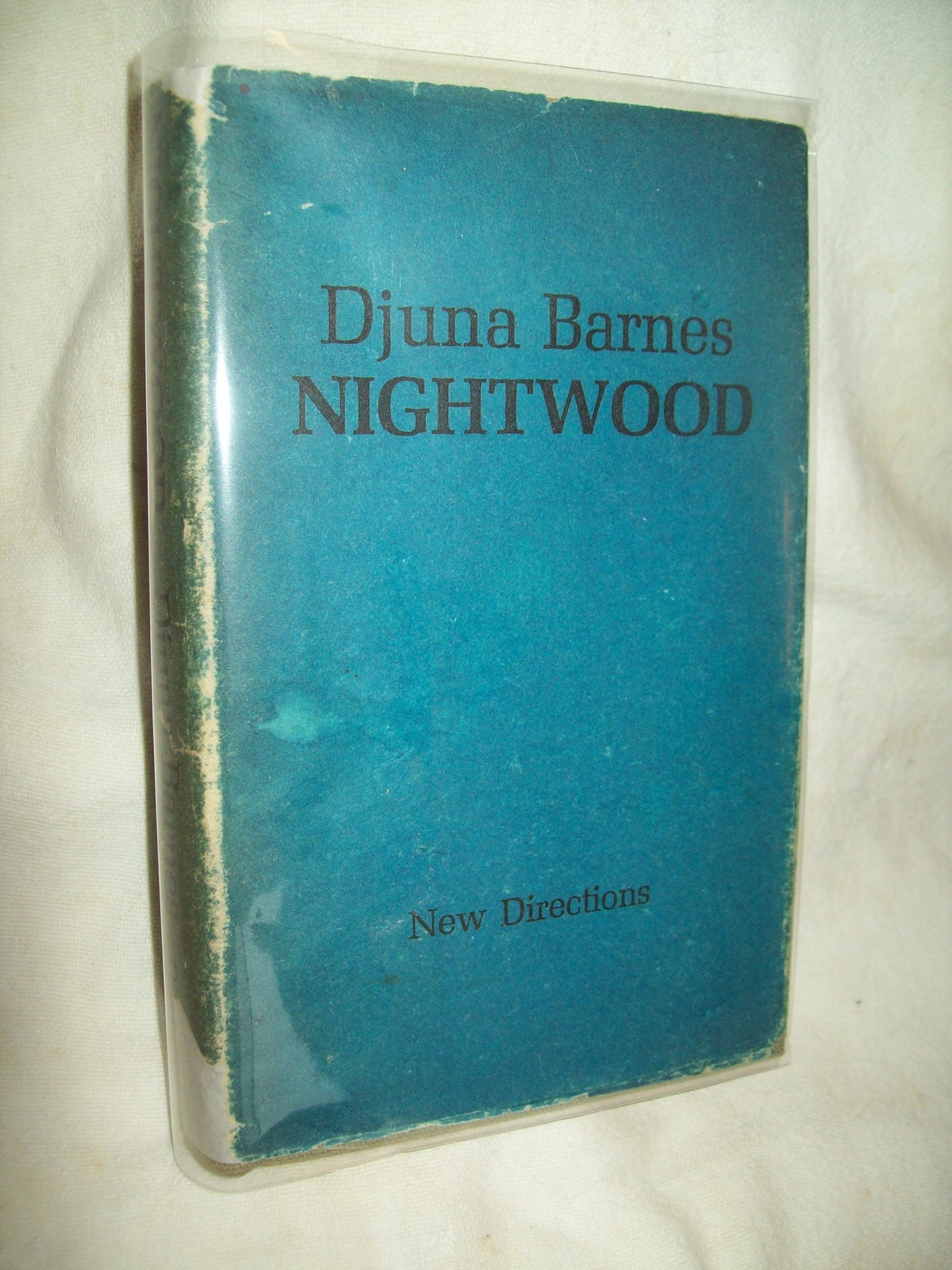

To build a stable familial situation that destructs before it ever comes together. He first tries to establish a past that never existed, and later, tries Throughout the novel, Felix attempts to create structure where society dictates it should be,īut where Nightwood resists.

Scalpel) these are society’s outsiders, the Other, represented a final time in Barnes’s work. Unwelcome in Nightwood’s Parisian Left Bank (much like Ladies Almanack’s Patience Middle-aged woman… a beaked head’ who features as an ageing relic from a stale past that is Husband and father to their sickly child, Guido and Jenny Petherbridge, ‘a widow, a 4 Dr O'Connor Frau Mann, a genderlessĬircus aerialist Felix Volkbein, a tragic historian of his own fictional past, as well as Robin’s Puritan, Nora Flood or the somnambule, Robin Vote. The disabled’, each of whom the reader meets through the character’s connection to either the History’s outcasts - circus artists, racial minorities, homosexuals, Jews, cross dressers, and

Sapphism, are drawn together to work cohesively. That ideas which repeat throughout Barnes’s oeuvre, such as animality, the grotesque and In addition to the exploration of the night within this text, I suggest Mind, it is the intention of this chapter to focus on the connection between the Othered and the ‘The world of the night is the metonym by which Barnes expresses the repressive oppositionalĬulture of modern society and its categorization of the normal and the perverse.’ 3 With this in Text with associated flattering and unflattering reviews. 1 Laura Wallace traces the reception history of the novel from publication to theĮarly 2000s, suggesting that it has predominantly been categorised as a lesbian or modernist Something of a comeback after having ‘dropped into oblivion’ almost immediately after Nightwood is arguably Barnes’s most widely recognised and appreciated work, and is making


 0 kommentar(er)
0 kommentar(er)
